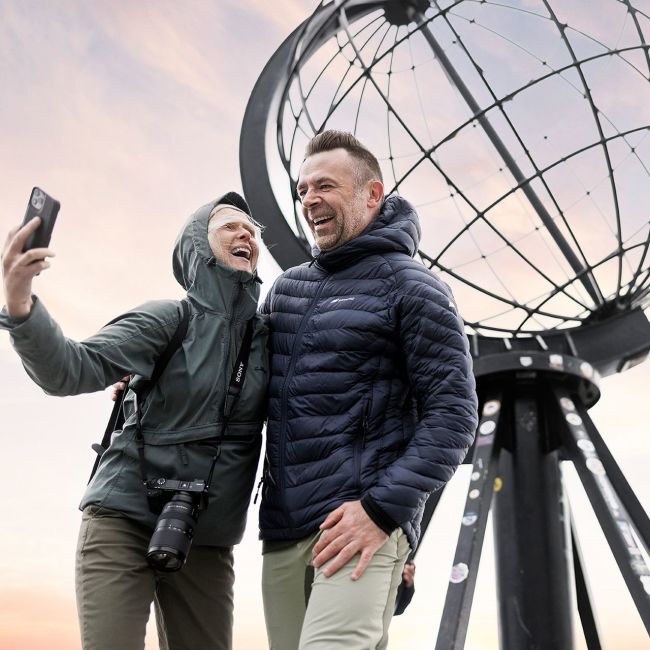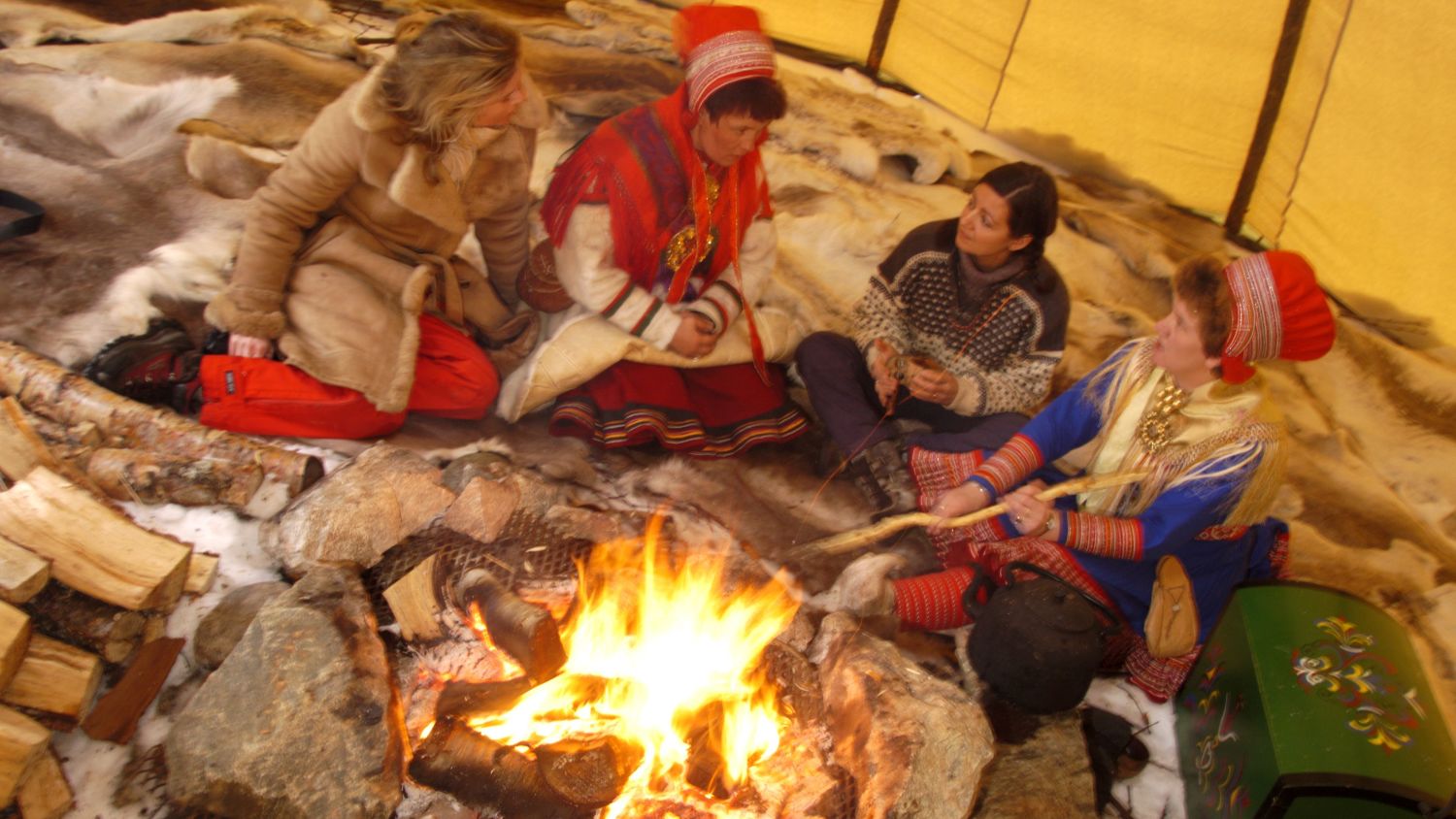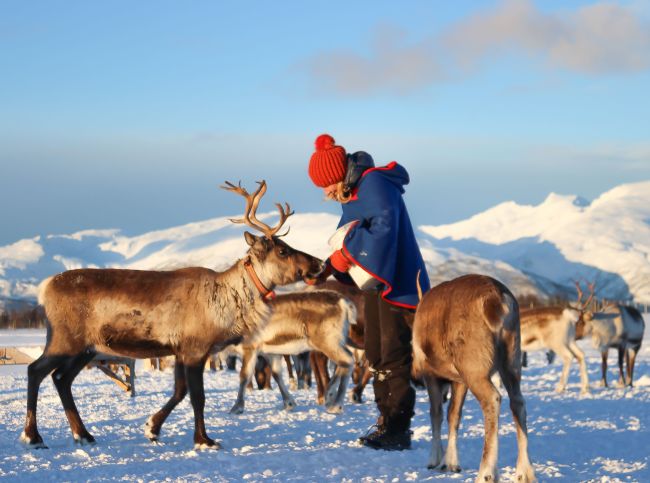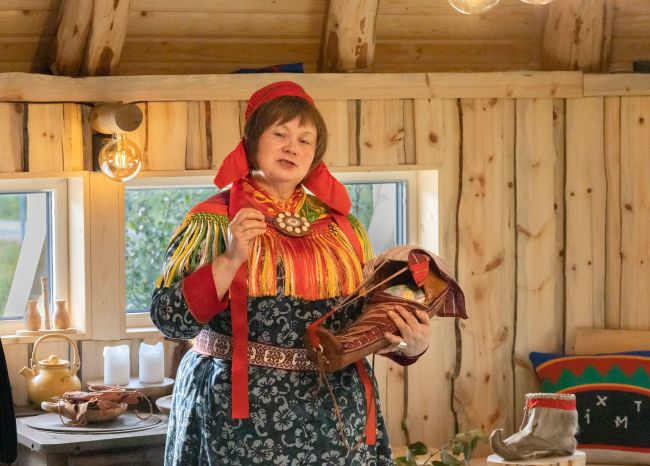Sami culture
Sami culture
In the far north of Europe, there is a country with no national borders called Sápmi, which has its own language and culture and is inhabited by the Sami.
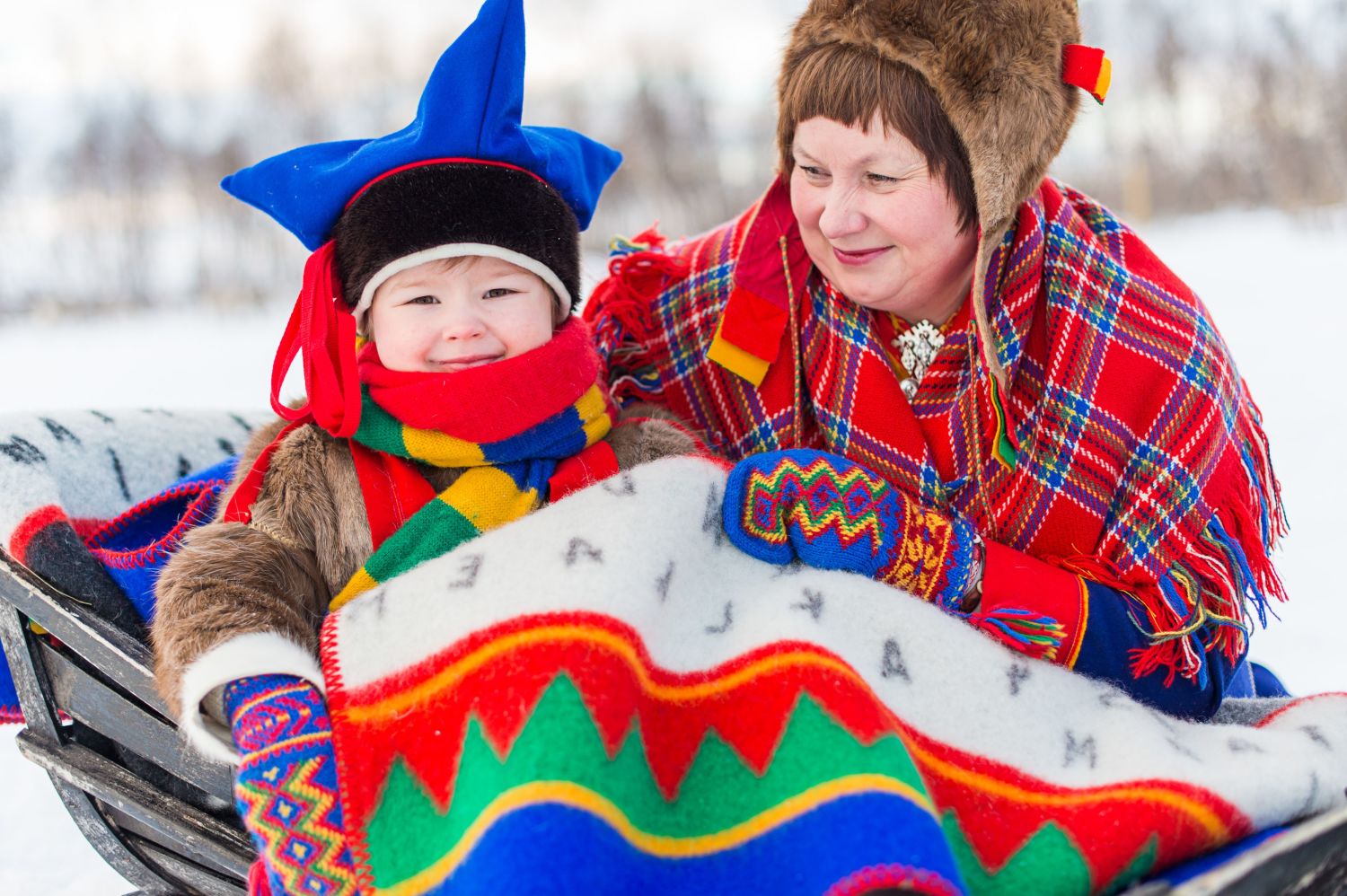
The Sámi are an indigenous group that live at the Cap of the North. They were traditionally hunter-gatherers with a nomadic way of life, moving according to the season and what nature could provide at different times of the year.
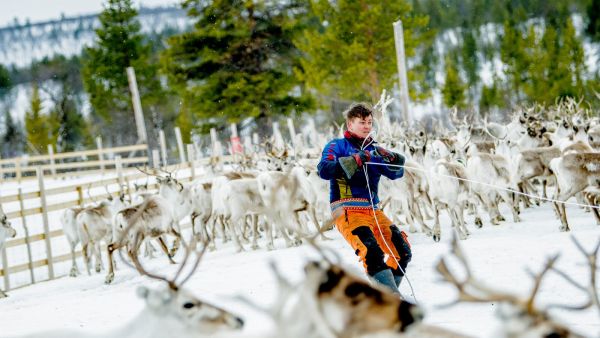
They fashion bones into tools and crafts and leather into shoes, clothing and cushions. When cooking reindeer, the entire animal including the offal is eaten and bidos, the Sámi reindeer stew, is served on special occasions. Bidos is always on the menu at Sámi weddings and, if celebrated in the traditional way, a wedding, with over a thousand guests, can go on for several days.
Herbs and berries are harvested and used in their traditional medicine. Juniper berries for colds, bark from the willow tree for open wounds/sores and bark from birch leaves for urinary tract disorders are just a few examples.
In the pre-Christian Sámi faith, nature had a soul. Spirits ruled over all important places in nature, and some places were regarded as particularly sacred and used as sacrificial sites. The gods were often associated with hunting, fishing and wind, and shamanism had a special place in their old belief systems. The Sámi shaman (Noaiden) was both a religious and social leader, and a drum (runebomme) was one of his/her most important tools.
When families and entire small communities lived as nomads and moved around according to the seasons, they needed accommodation in different locations that could be moved easily. The Sámi have used turf huts called gammer and a type of tent called a lavvu. There was a campfire in the middle, and both the turf huts and the lavvus had openings at the top for smoke to exit.
There are no formal national borders to the Sápmi lands, and they extend across large parts of Northern Norway, into Sweden, the northernmost parts of Finland and the Kola Peninsula in Russia.
Sápmi has its own flag, and its national day is on 6 February. It is a joint celebration for the Sámi in Norway, Sweden, Finland and Russia. In Norway, the Sámi have their own elected parliament, Sametinget, which aims to ensure political representation and participation of the Sámi population.
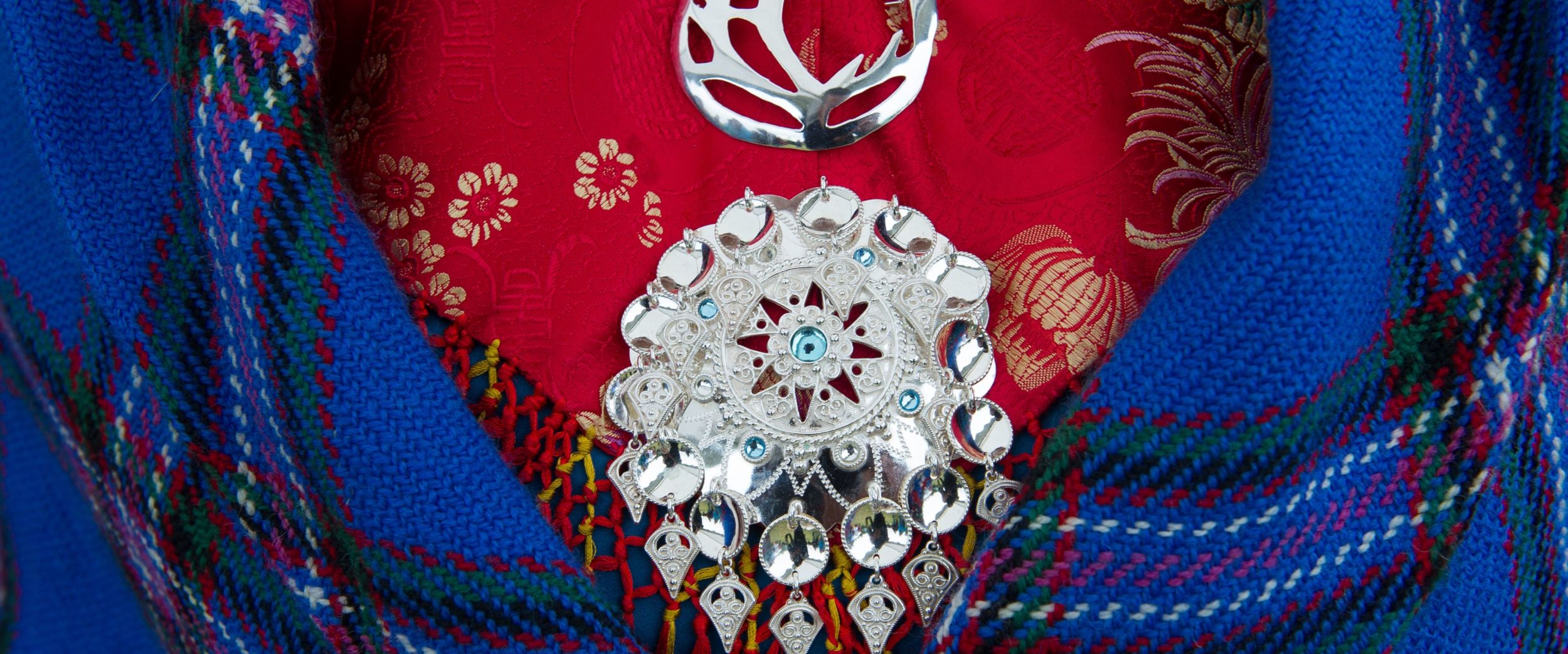
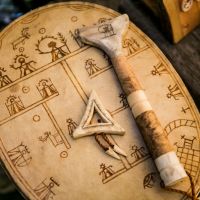
Duodji
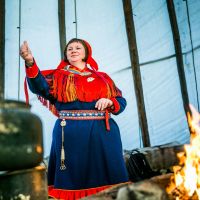
Joik
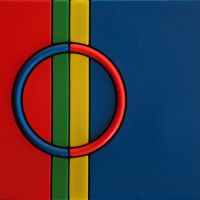
Sapmi
The name Sápmi comes from the largest language, North Sámi, and is the name of the area where the Sámi have traditionally lived.
Excursion to the sami people
Voyages to Sami
North- and southboundRound Voyage
Bergen → Kirkenes → Bergen
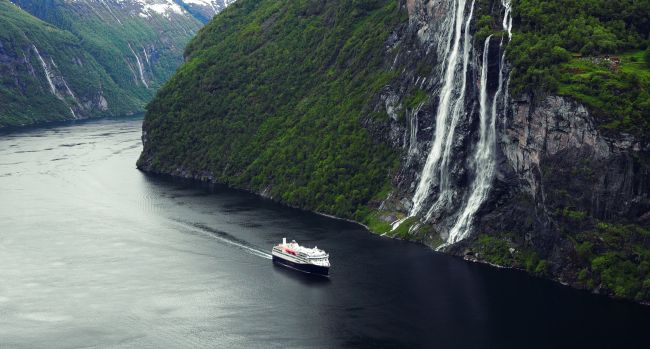
NorthboundVoyage North
Bergen → Kirkenes
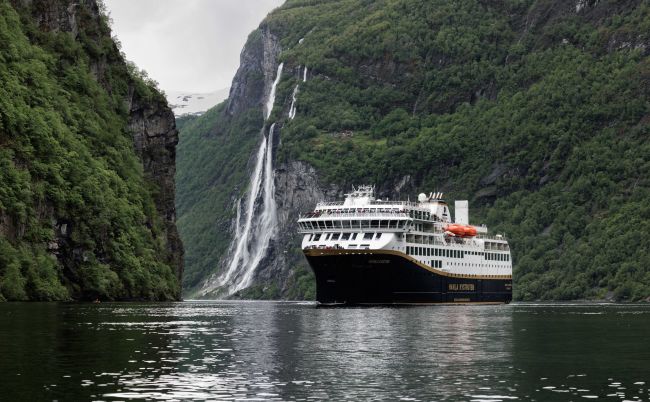
NorthboundNorthern Tip of Europe
Tromsø → Kirkenes
